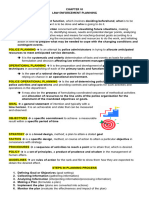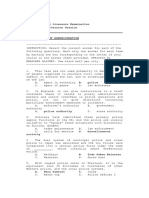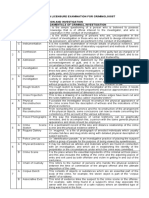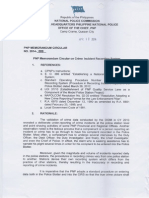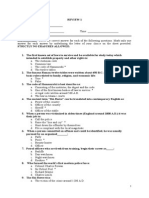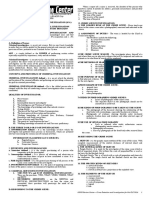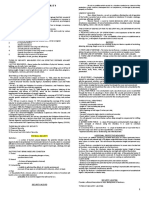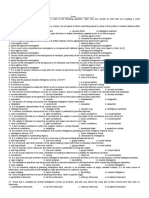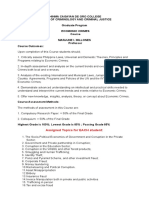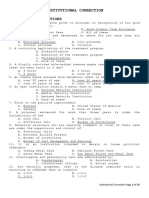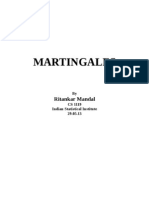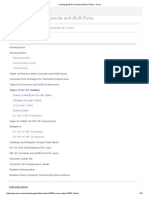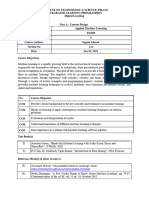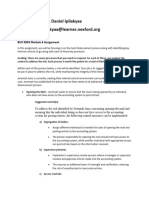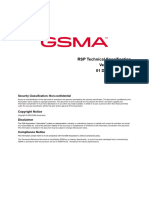0% found this document useful (0 votes)
353 views13 pagesCrime Mapping
Crime mapping is the process of using a geographic information system to analyze the spatial and temporal characteristics of crime. It allows law enforcement to detect crime patterns, identify crime hotspots, and inform resource allocation and crime prevention strategies. Crime mapping serves tactical, strategic, and administrative crime analysis functions within law enforcement agencies. Common types of crime maps include single-symbol, graduated, chart, and density maps. Interactive crime mapping refers to online GIS systems that allow the public to access crime data.
Uploaded by
LOVELY TRAZONACopyright
© © All Rights Reserved
We take content rights seriously. If you suspect this is your content, claim it here.
Available Formats
Download as DOCX, PDF, TXT or read online on Scribd
0% found this document useful (0 votes)
353 views13 pagesCrime Mapping
Crime mapping is the process of using a geographic information system to analyze the spatial and temporal characteristics of crime. It allows law enforcement to detect crime patterns, identify crime hotspots, and inform resource allocation and crime prevention strategies. Crime mapping serves tactical, strategic, and administrative crime analysis functions within law enforcement agencies. Common types of crime maps include single-symbol, graduated, chart, and density maps. Interactive crime mapping refers to online GIS systems that allow the public to access crime data.
Uploaded by
LOVELY TRAZONACopyright
© © All Rights Reserved
We take content rights seriously. If you suspect this is your content, claim it here.
Available Formats
Download as DOCX, PDF, TXT or read online on Scribd
/ 13


